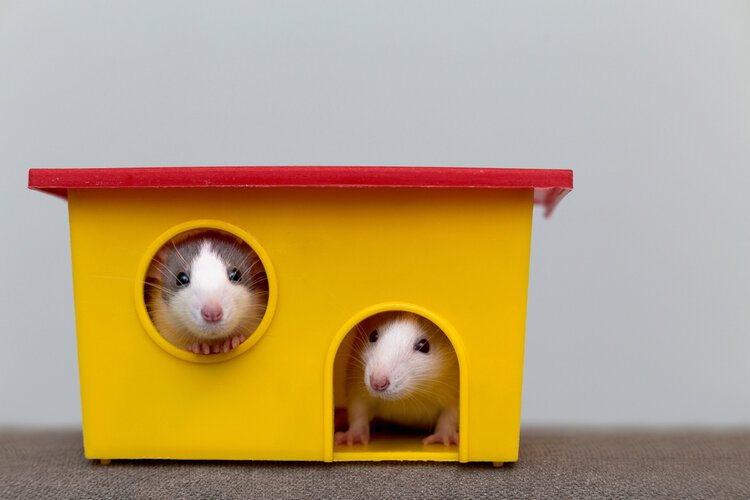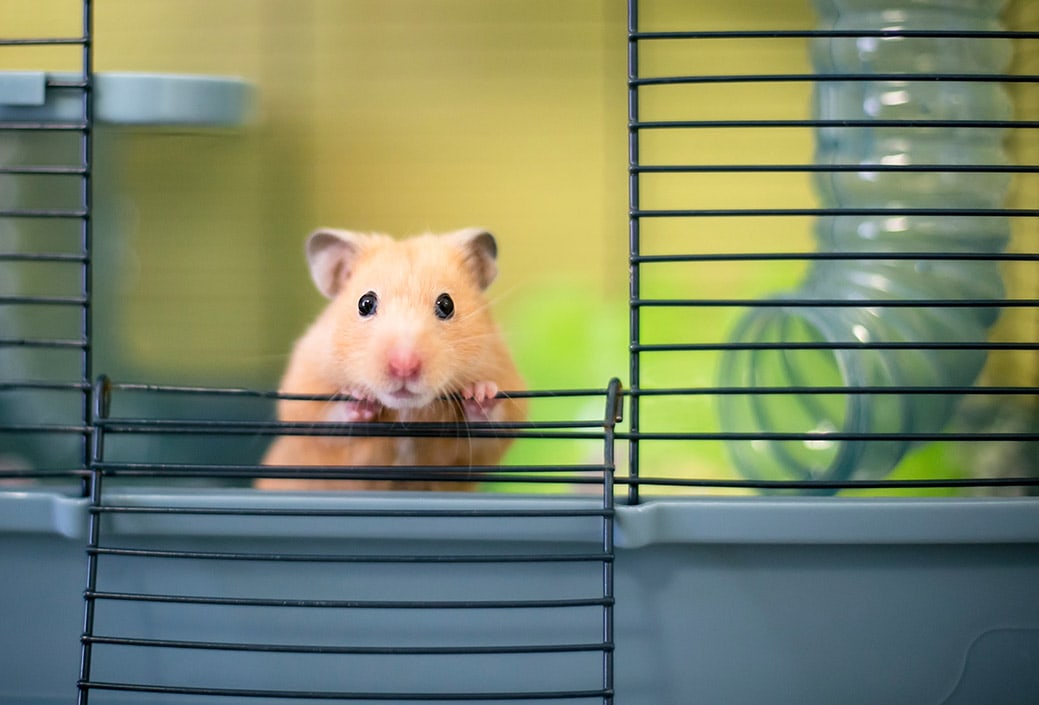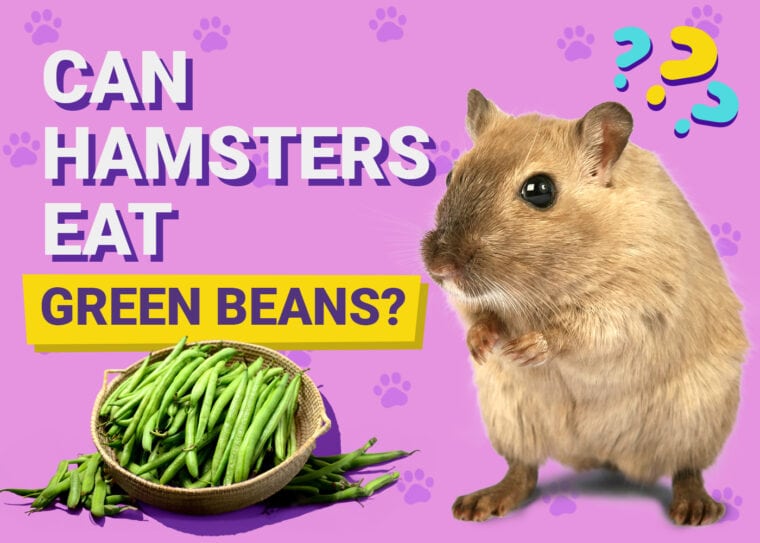
We were all taught as kids to eat our greens and we’ll grow big and strong. But when it comes to green beans, is this veggie an appropriate snack for our hamsters, too? After all, there are things humans can eat that we can’t share with our beloved pets.
If you’re wondering if hamsters can eat green beans, the answer is yes, hamsters can occasionally eat green beans. A green bean here and there will offer some benefits to your hamster. But too many green beans too often can be a bit of a problem. Find out why!
Hamster Diet 101
Hamsters are considered to be opportunistic omnivores. They tend to forage for seeds, legumes, vegetables, fruit, and meat sources, and are able to carry a large amount of food in their cheek pouches. They usually hoard their haul in their dens and frequently feed in intervals of about every 2 hours or so when food is abundant. This is a survival technique, as hamsters have many predators in the wild. The ability to transport large amounts of food to a safe location helps them avoid capture by having to repeatedly go out in search of food.
In experimental circumstances, hamsters are able to adjust their dietary intake depending on their nutritional needs, and therefore, they can pick and choose what to eat at times when they feel like they are lacking a certain nutrient in their diet. Hamsters rarely overeat in a single sitting and instead they prefer to store excess food in their favorite den, burrow, or hiding spot to eat later.
Hamsters have been used in many studies for implications involving human medicine, and in some of these studies, their responses to nutrition have been assessed. However, an optimal rating for many nutrients has not been established in hamsters, though values at which they thrive have been identified.
As pets, hamsters are best kept on a pellet diet that is supplemented with appropriate fruits, hay, vegetables, nuts, seeds, insects, meat and meat by-products, and legumes. The fundamental challenge for hamster owners is to ensure that they remove uneaten food from their hamster’s cage – especially food that easily spoils when left outside. For this reason, food with a high shelf life (such as grains, hay, seeds, and pellets) are preferred over fresh produce (such as fruits and vegetables). Nonetheless, fresh produce does offer some nutritional benefits to hamsters, which is why they should be considered as part of their diet. However, most fruits and vegetables are treated as an occasional morsel rather than a daily dietary staple.
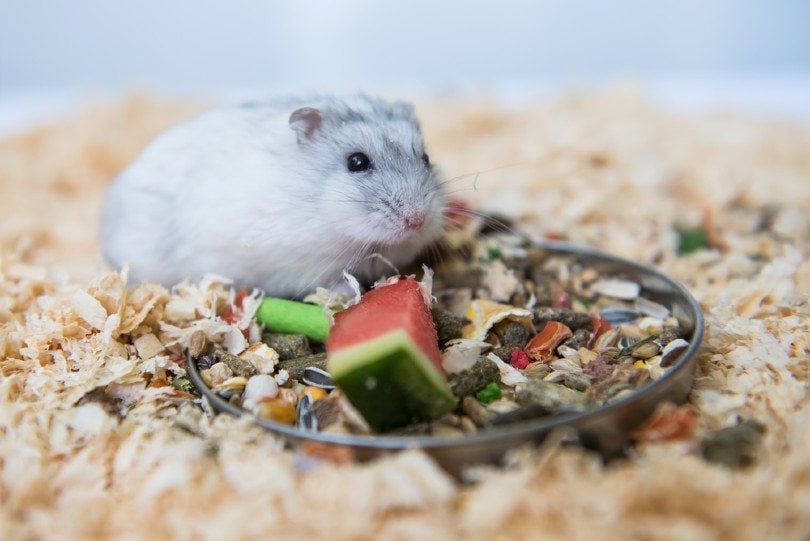
Hamsters and Green Beans: Safety & Benefit Analysis
Green beans are not toxic for hamsters, and therefore, can be safely consumed by them. Green beans do have some nutritional value for hamsters1.
The main draw of green beans is that they offer your pet some hydration due to their high water content. The rest of a green bean contains minerals and vitamins which are beneficial for your hamster as well, however, these can be derived from other sources as well.
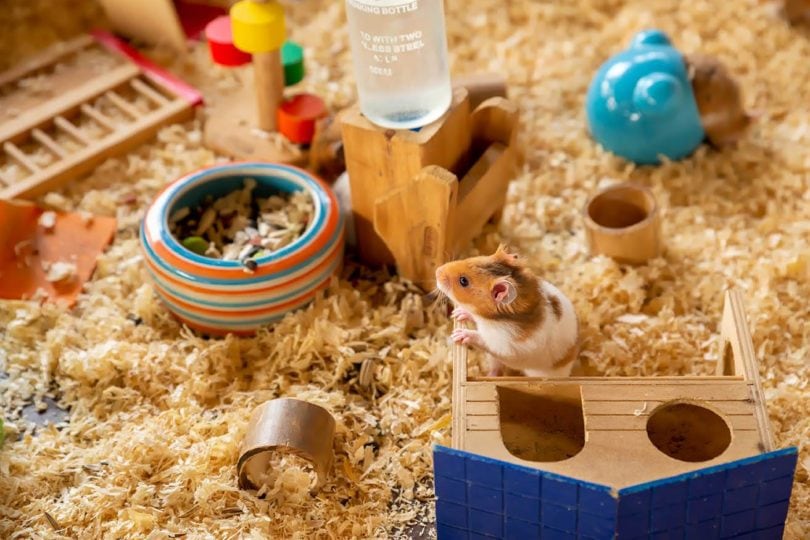
Complications of Too Many Green Beans
As with anything, too much of a good thing can be a bad thing. So, you have to be careful when you’re thinking of portions. While one green bean may seem like a tiny snack, for a small hamster stomach, it will be very filling.
The main concern with green beans is that the sugar present in them is in the form of glucose, fructose, sucrose, and trace amounts of lactose and maltose. High levels of sugar are problematic for hamsters, and excess sugar consumption has been linked to mortality in hamsters.
In addition, as mentioned above, most of a green bean is water – which makes it somewhat risky for hamsters. Excessive consumption can lead to diarrhea.
During a diarrhea episode, hamsters quickly lose large amounts of valuable electrolytes, which can quickly snowball into other health issues.
If your hamster has diarrhea, you should not attempt to rehydrate them with plain water, as this will make things worse. You should seek a product made specifically for rehydrating hamsters, available from your pet store or veterinarian.
Diarrhea in hamsters should not be taken lightly, and if you notice diarrhea in your hamster, you should seek prompt professional care for them.

Serving Green Beans to Your Hamster
Your hamster can snack on canned, fresh, and even frozen green beans (thawed, of course). Fresh is best, as they’re the most nutritionally valuable. It is best to offer a small serving of green beans (about an inch in length) to your hamster once a week. For dwarf hamsters, consider a half-inch serving.
If you feed them canned green beans, choose the type with no added salt.
Always serve green beans plain with no added seasonings. Many flavors you might add to recipes aren’t agreeable — and can even be deadly to your hamster.
Hamsters are instinctive hoarders. They like to stuff food in their very large cheeks to transport it back to their favorite hiding places or den to consume later. Wild hamsters instinctively do this because the ability to hoard food lets them eat in peace without disturbances from predators or other threats. Pet hamsters may also demonstrate this habit.
Your hamster may take fresh produce to their favorite hoarding spot. It is important to thoroughly check these spots to remove food items that spoil quickly once left outside. Rotting food in your hamster’s cage can lead to health issues for your pet.

Introduce Green Beans Slowly
As with anything, you need to slowly add green beans into their diet—especially if they’ve never had it before. If you give them too much at once, it can cause negative side effects like diarrhea and upset stomach.
Add in a few tidbits here and there until their body adjusts to the new food. In most cases, your hamster shouldn’t have a problem digesting green beans. Look for any signs of discomfort. If your little one is sensitive, you should stop offering any into their food regimen and seek veterinary advice.
Final Thoughts
Green beans can be a solid addition to any hamster diet. But be sure to offer a variety of fresh fruits and veggies so they can reap all the benefits of plant-based nutrition. Remember, even though green beans are safe, they are full of calcium and lack many necessary vitamins and minerals — never use them as a food substitute.
Now that you know hamsters can safely eat green beans, slowly introduce the food in tiny amounts. At most, they need a bean roughly an inch long (or the size of their head). Let your little guy indulge in the green goodness.
Featured Image Credit: Unsplash




